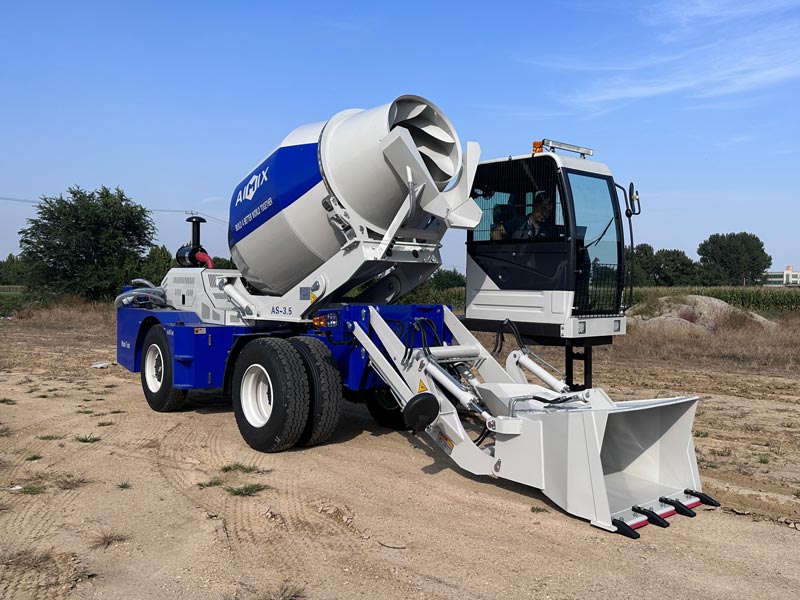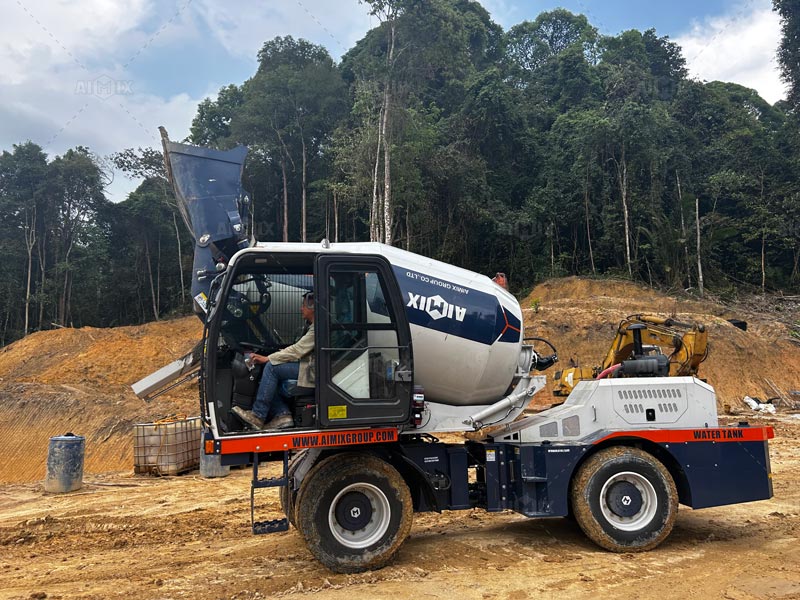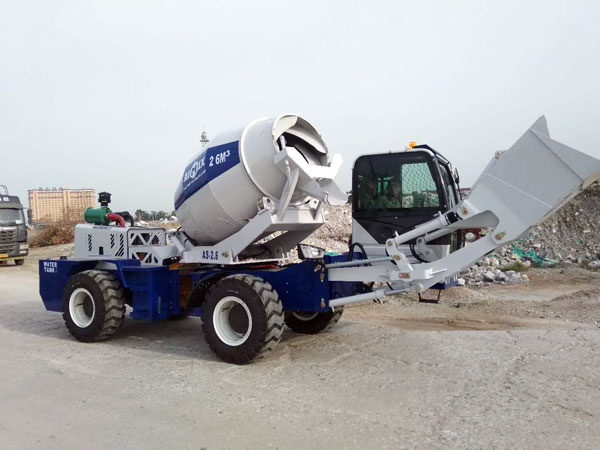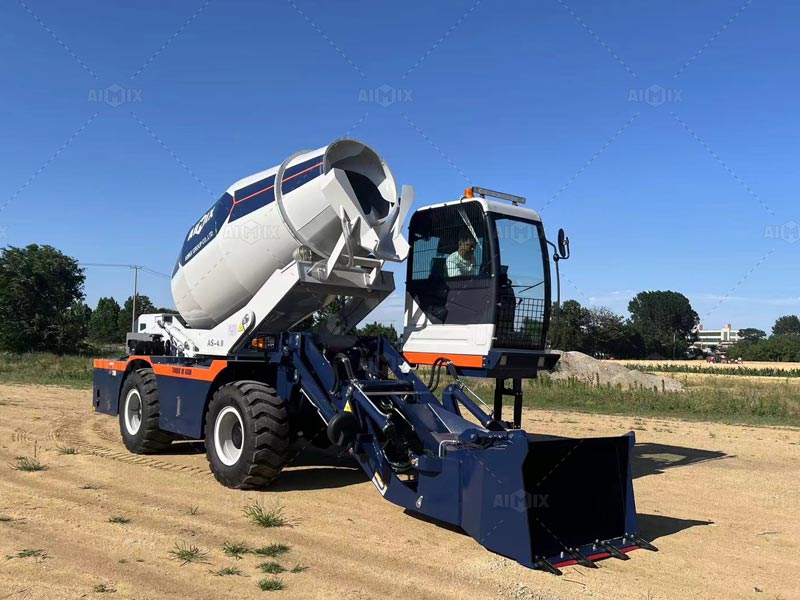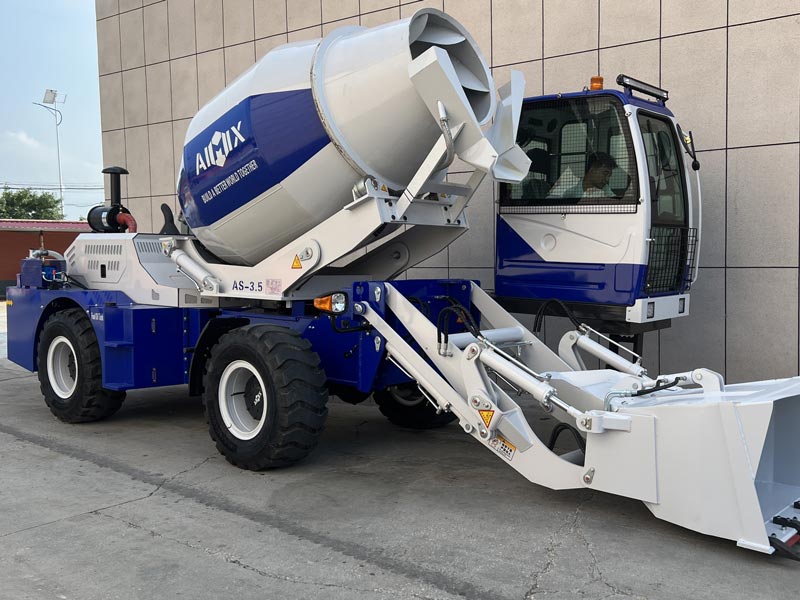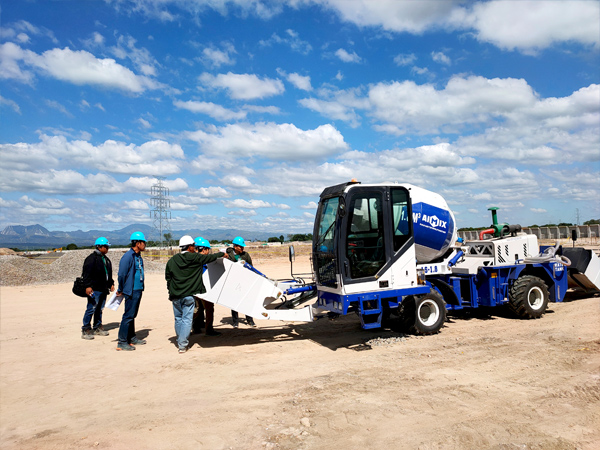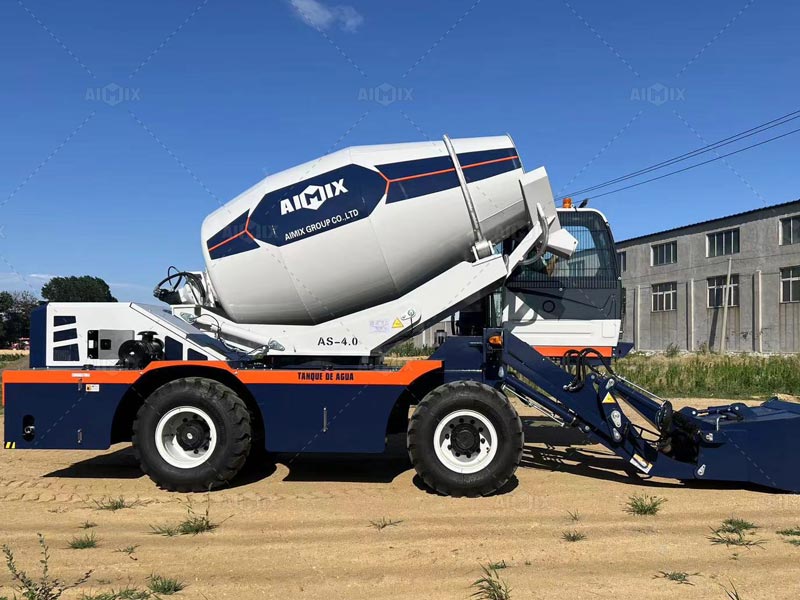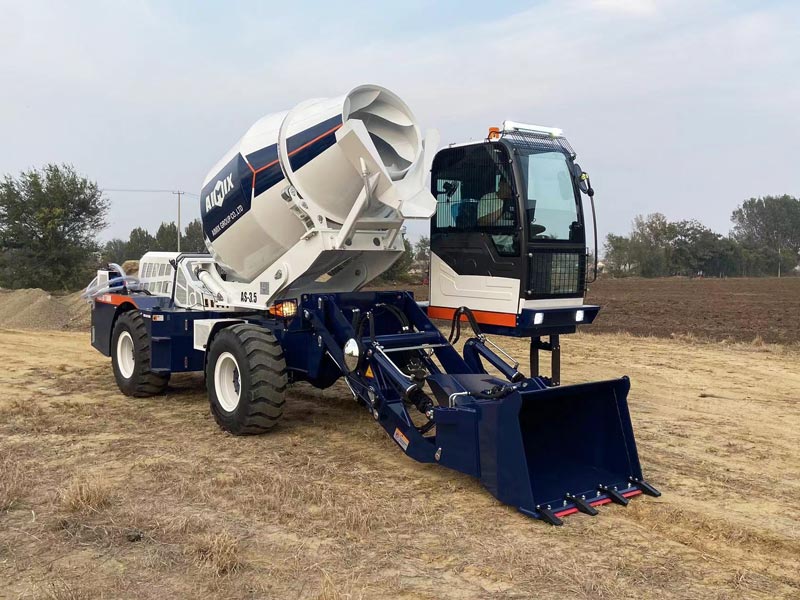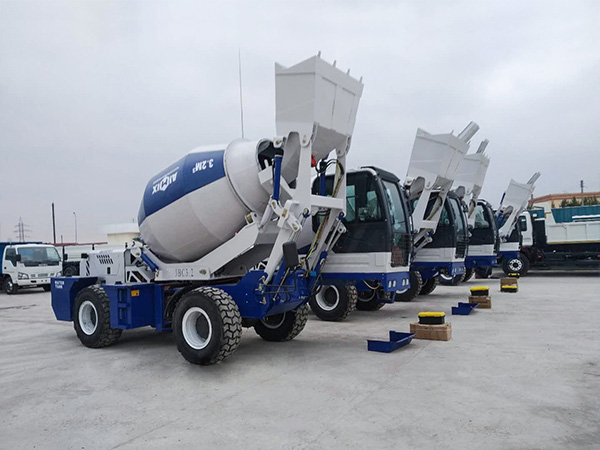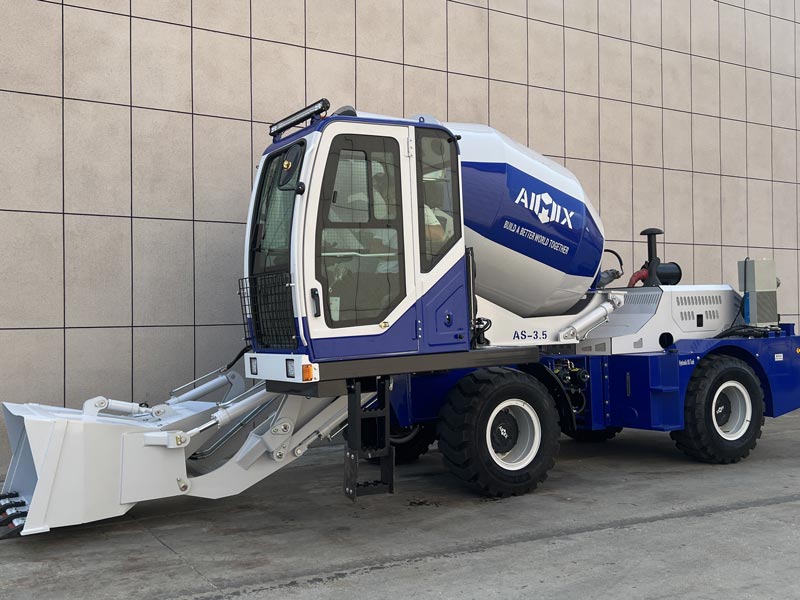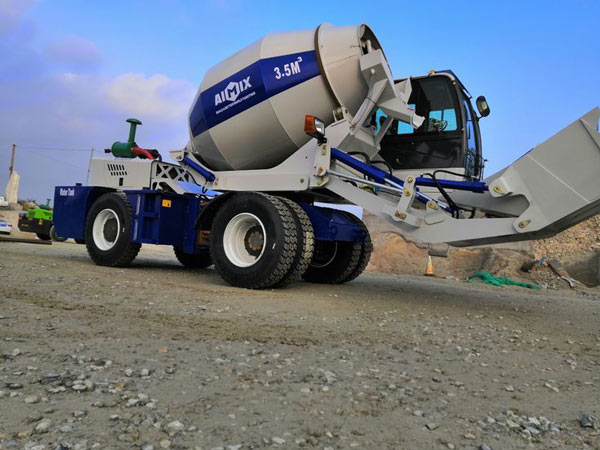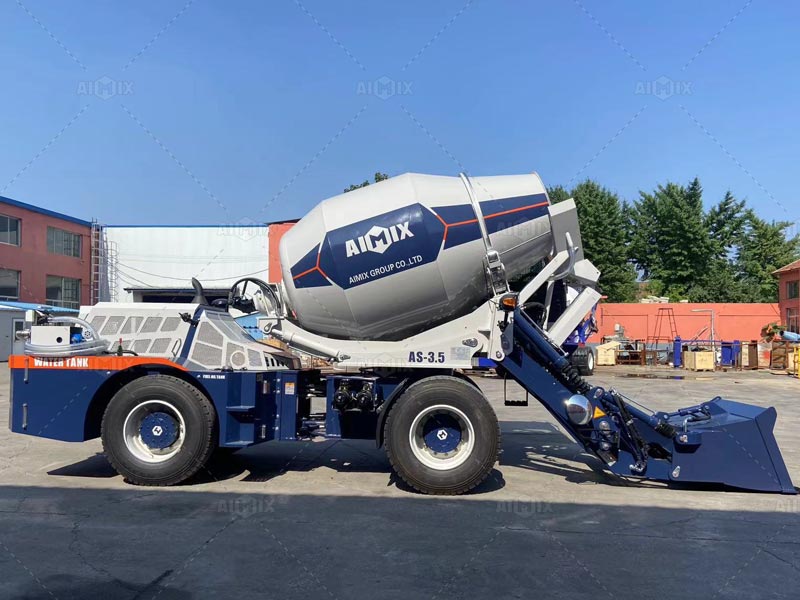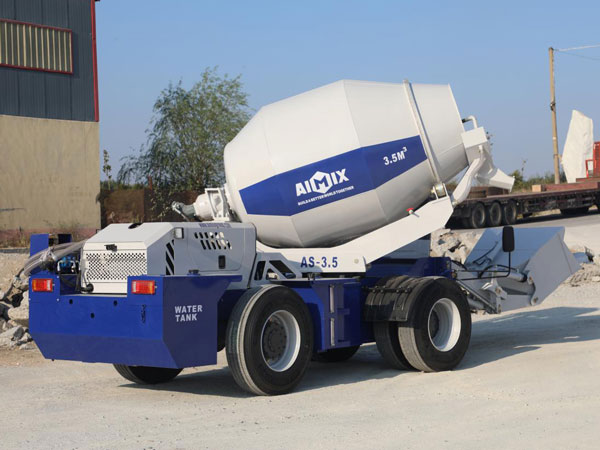Concrete mixers play an essential role in construction projects. Understanding what determines their pricing helps buyers make informed decisions. This article explores the factors influencing concrete mixer prices, focusing on Kenya and South Africa. It also examines the unique features of self-loading mixers and their pricing implications.
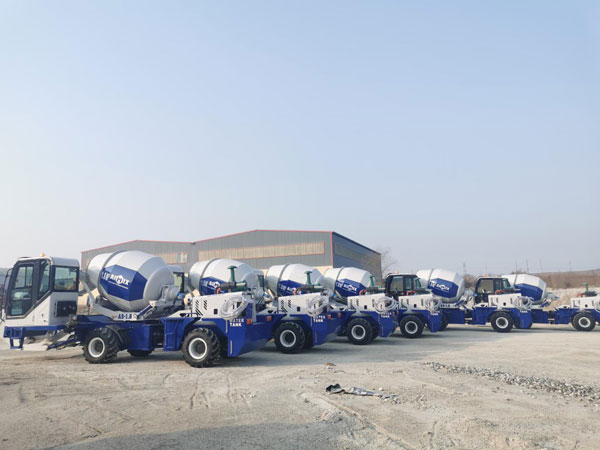
Key Factors Influencing Concrete Mixer Prices
Various factors affect the pricing of concrete mixers. Knowing these factors helps buyers assess costs and make strategic decisions.
Material and Manufacturing Costs
The cost of materials significantly impacts mixer prices. Steel and other raw materials often see price fluctuations. Manufacturing processes and labor costs also influence the final product price.
Technological Features
Advanced features, such as automation, increase mixer costs. Self-loading mixer concrete, with its automation capabilities, often costs more. However, their efficiency can justify the higher price.
Brand and Reputation
Well-known brands typically command higher prices. Their reputation for quality and reliability influences customer trust. Buyers may pay a premium for trusted brands to ensure durability and performance.
Concrete Mixer Pricing in South Africa
South Africa's concrete mixer market features unique pricing factors. Buyers need to consider these aspects when evaluating costs.
Economic Conditions
Inflation and currency fluctuations impact the prices of concrete mixer for sale South Africa. Economic stability influences purchasing power and demand. Analyzing economic indicators helps predict pricing trends.
Local Production versus Imports
South Africa relies on both local production and imports. Import costs can affect pricing. Evaluating local and international options aids in understanding price variations.
Technological Integration
Self-loading mixers are gaining popularity in South Africa. Their advanced features affect pricing. Monitoring technological adoption helps buyers make informed purchasing decisions.
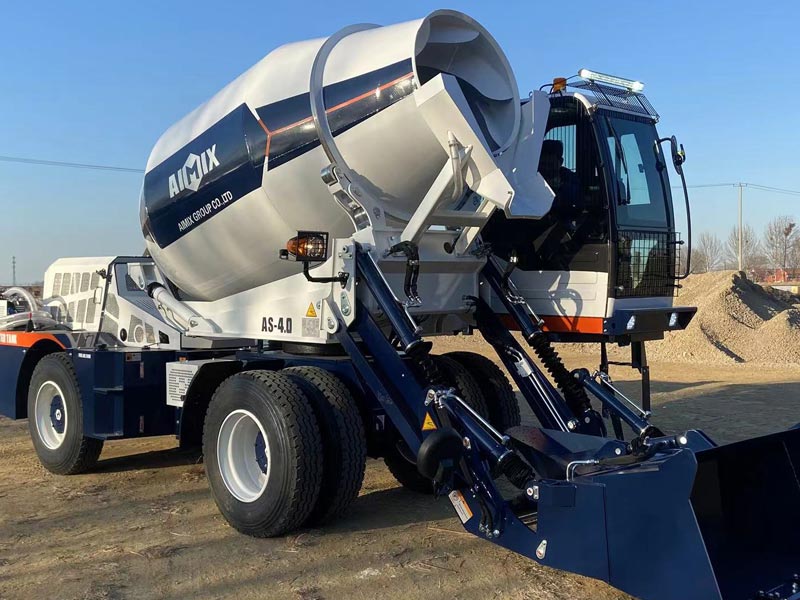
Concrete Mixer Pricing in Kenya
In Kenya, several local factors affect concrete mixer prices. Understanding these dynamics is crucial for making cost-effective decisions.
Local Demand and Supply
High demand for construction projects can drive up mixer prices. Supply shortages might also affect costs. Monitoring local market trends helps buyers anticipate price changes.
Import Duties and Tariffs
Import duties and tariffs influence the cost of foreign mixers. Locally produced mixers may offer cost advantages. Analyzing these factors helps buyers make informed decisions.
Technological Adoption
Kenya is seeing a rise in demand for self-loading mixers. Their efficiency and labor-saving features drive their popularity. Understanding technological trends aids in assessing pricing dynamics.
The Role of Self-loading Mixers
Self-loading mixers offer unique features that influence their pricing. Understanding these aspects is crucial for evaluating their cost-effectiveness.
Efficiency and Labor Savings
Self-loading mixers automate the loading and mixing process. This feature reduces labor costs and increases efficiency. The initial higher cost can be justified by long-term savings.
Versatility and Mobility
These mixers are versatile and mobile, suitable for various sites. Their adaptability adds value to construction projects. When considering purchase, factor in these advantages against the price.
Durability and Maintenance
High-quality self-loading mixers require less maintenance. Investing in durable equipment reduces long-term expenses. Over time, these savings can offset the higher purchase price.
Conclusion
Several factors determine the pricing of concrete mixers in Kenya and South Africa. Material costs, technological features, and brand reputation play significant roles. Local market dynamics and economic conditions further influence prices. Self-loading mixers, with their efficiency and versatility, present unique pricing considerations. Understanding these factors helps buyers make informed decisions and optimize their investments. Evaluating long-term value, rather than just initial costs, ensures successful project outcomes. By leveraging these insights, buyers can navigate the market confidently and secure the best mixer for their needs.
Ultimately, informed purchasing leads to efficient operations and cost-effective investments. By using this guide, buyers can better understand concrete mixer pricing dynamics and make strategic decisions that benefit their construction projects.
